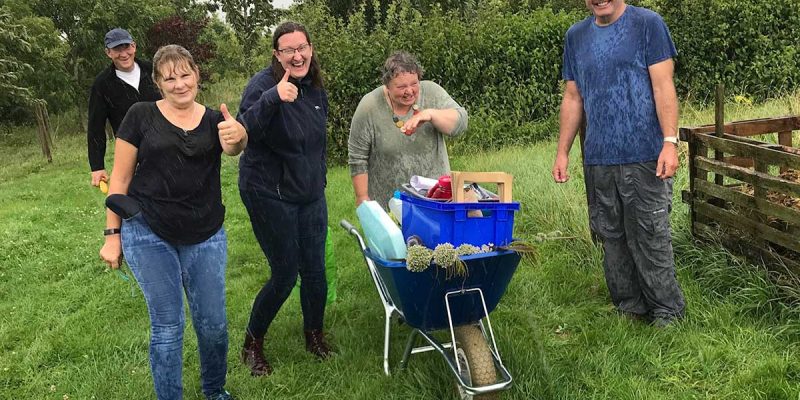
August had been disappointingly cold and quite wet until the scorching bank holiday weekend, when butterflies fluttered around the edges of the wood and swallows flew high to find food… when swallows fly high, the weather will be dry.
Of course there is a practical reason for that rather than our avian friends having oracular powers, as on fine days insects are swept up high on warm thermal currents rising from the ground and that’s what the swallows feed on. No doubt we’ll all remember August as being hot and balmy which made it difficult to sleep at night but it was actually only a few days, followed by that spectacular thunder and rain which caught a few of us out as we forgot to close all the windows or was it only me?
Art from Nature event
One Sunday early on in the month, several of us ventured down to the wood to try our hand at being artistic. Thanks go to Julie Trolove for providing us with greenery and grasses to get us started and for making a large weaving frame out of hazel and string. All started well with the sun shining and enthusiastic helpers having a go but as the building clouds darkened and the first spots of rain fell, we gatherers ended up searching for cover under the trees rather than material for weaving! Unfortunately it wasn’t going to be a short shower that day, but more of a prolonged and heavy downpour, so drenched but still smiling, we decided that this was an activity for another, drier day!
Bird talk
Many of us are still lucky enough to hear some birdsong in our gardens at this time of year but might be disappointed not to see and hear them in the wood. The reason for their lack of appearance is very likely due to their seasonal moult. They are keeping out of sight in dense vegetation because they are moulting their feathers and are more susceptible to predators. Moulting is costly in terms of energy for birds so usually takes place when conditions are favourable for them, such as after breeding when there is an abundance of food and cover. A little research revealed some interesting facts about the time different species take to moult: a Blue Tit takes about 6 weeks, a Herring Gull can take 6 months and a Buzzard may take several years for a complete change of flight feathers. Keratin needed to make feathers is less abundant in vegetation than in insects, so seed eating birds like Chaffinches usually take a couple of weeks longer to moult than insect eating birds like Robins and Dunnocks. It would be good to know how long it takes the Red Kites who constantly soar over the wood to moult, but even they seem to have been less noisy this month. The dawn chorus is also much quieter, if heard at all, as summer draws on and most birds have attracted their mates and raised their chicks so have less need to sing and protect their territory. Some families of birds such as blue or long tailed tits can occasionally be sighted as they forage for food in and out of the trees and long grasses but others such as the swifts and swallows are already gathering together to fly back to Africa.
Swifts are one of the first species to migrate and will moult back in Africa but the swallows can be seen lining up on the telephone lines chittering away to each other in preparation for their long flight back. You can see them dip down for water as they glide over the Jubilee Wood pond (which is now at quite a low level) if you are lucky enough. W.H.Davies’ poem, Leisure, often comes to mind when watching them, ‘…A poor life this, if full of care, We have no time to stand and stare.’ We don’t even have to stand thanks to the lovely arbour we have by the pond!
Jubilee Wood species catalogue – send us your sightings!
The start of colder temperatures and the passing of the months is a reminder that there will soon be different migrants arriving at our shores as others leave us. This ever changing landscape has encouraged some of us to think about keeping a record of what species of flora, fauna and fungi can be found in the Jubilee Wood throughout the year.
If anyone is interested in helping with this task, please let us know by emailing: specieslist@thegiddings.org.uk.
No experience is necessary to send in sightings, via specieslist@thegiddings.org.uk, of things you’ve found in the wood. There will be fliers coming around for those who don’t have access to or like using a computer to explain the details but all that’s needed is your name, the name of the species seen, the date and time, and what part of the wood it was seen in. Contact details would be helpful and if two of you can verify the sighting that’s even better. Please send a message if you want further information about this but it’s very much an amateur attempt at record keeping which will hopefully involve as many of the community as possible and provide an interesting snapshot of the wood for the future. We’ll attempt to respond to any messages as soon as possible, but please be patient if you have to wait a Wandererday or two.
Hoping the weather stays favourable for many a wander in the Jubilee Wood as we head into Autumn…
The Wood Wanderer
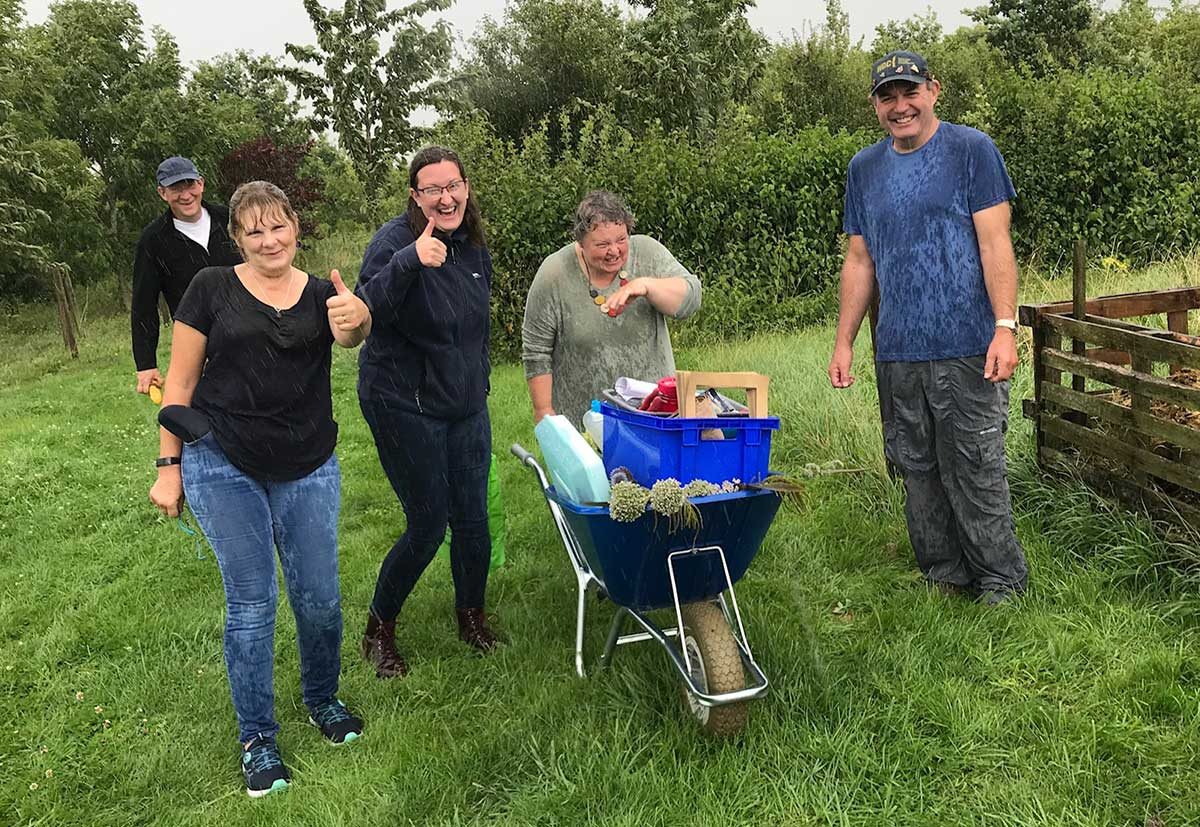
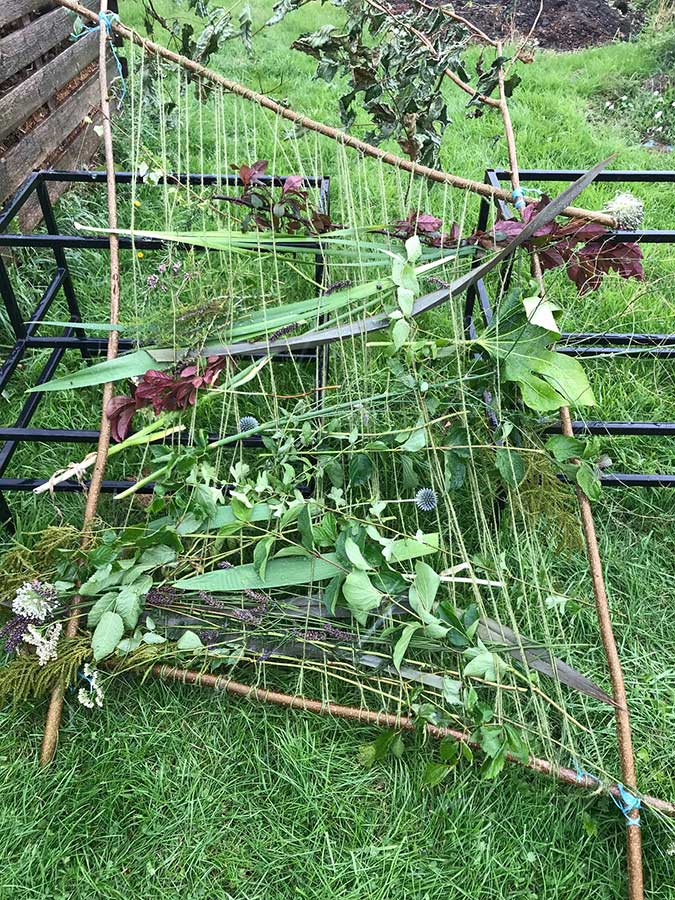
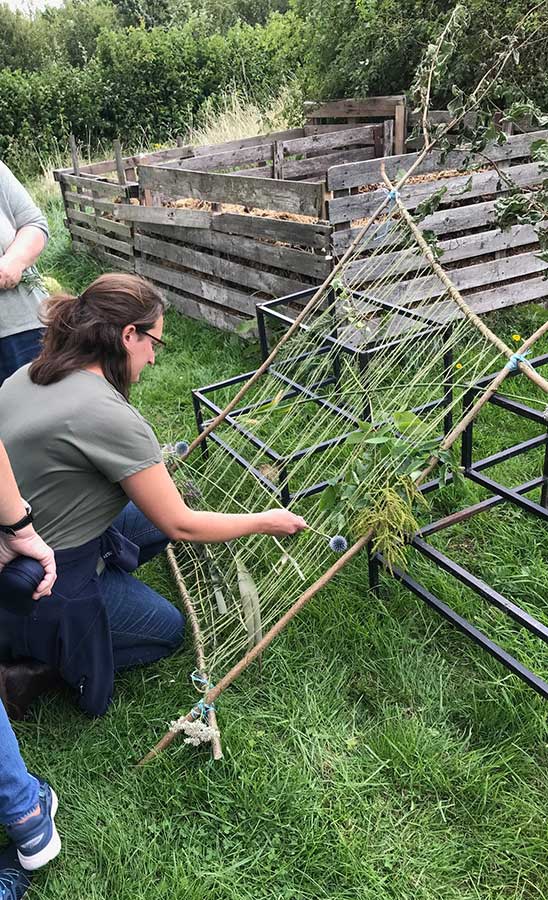
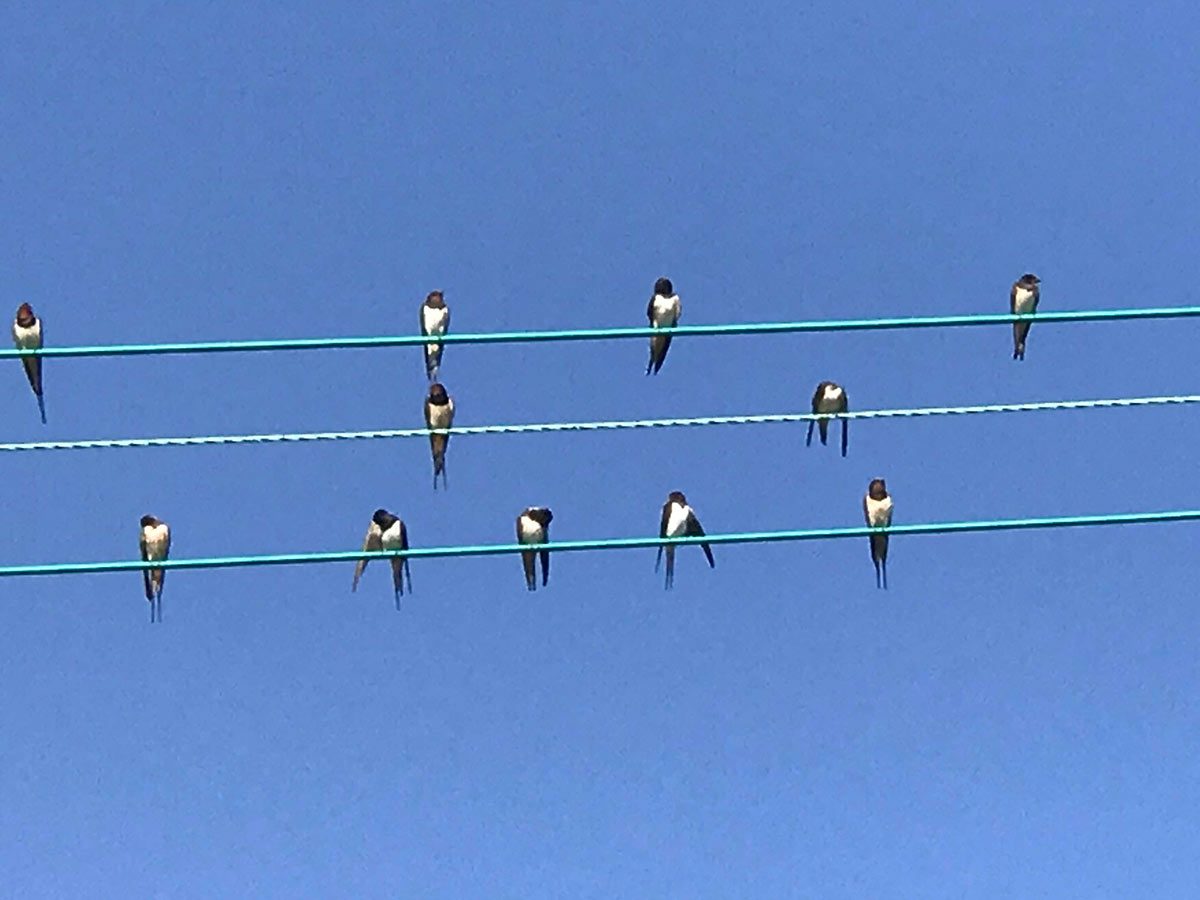
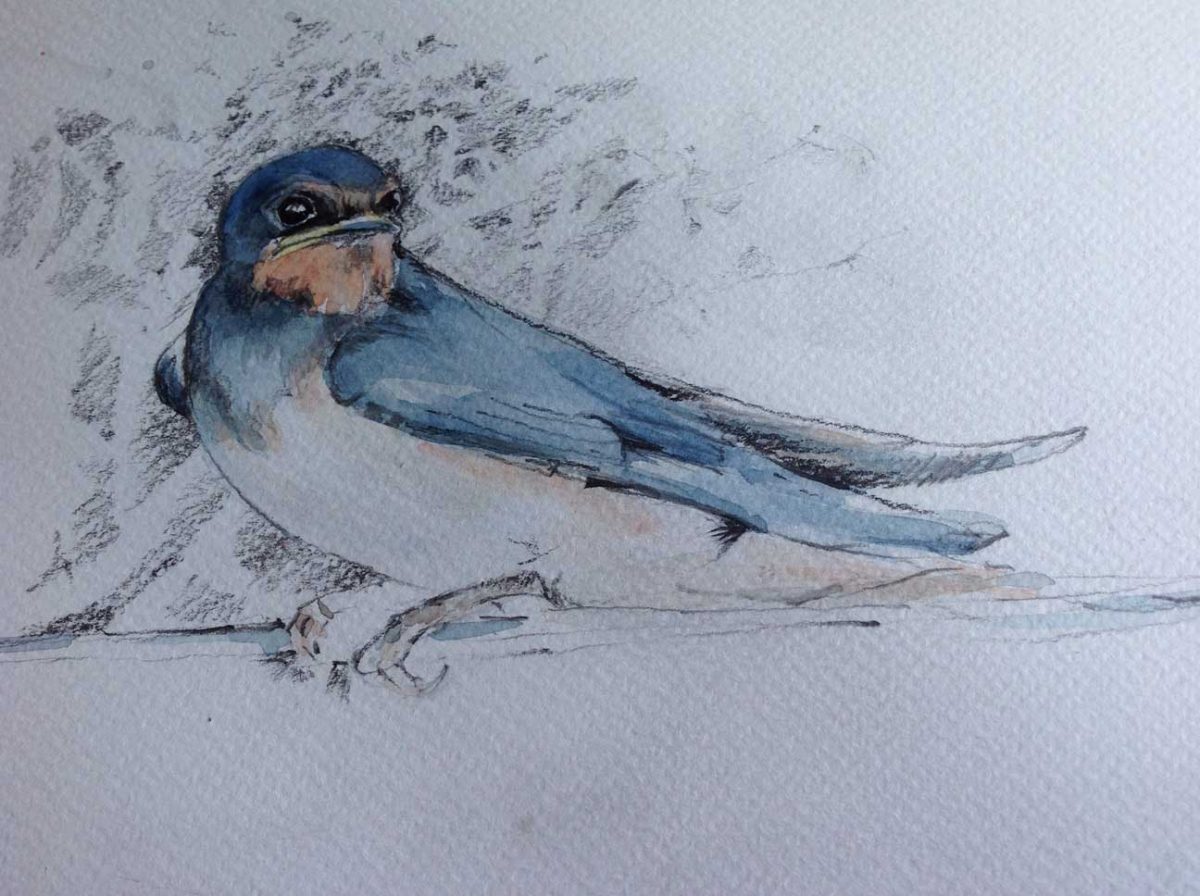
Leave a Reply